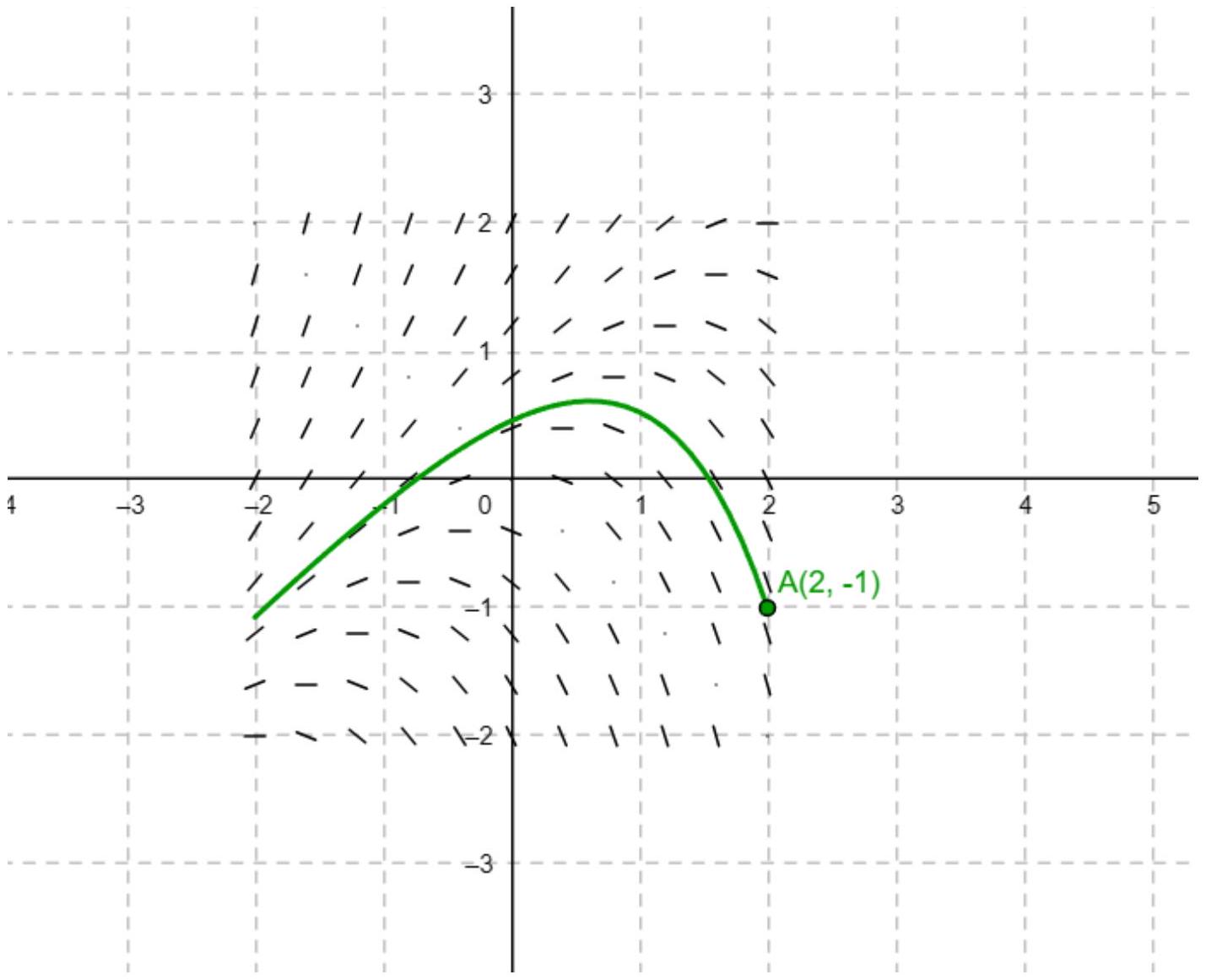Practice Calculus with authentic IB Mathematics Applications & Interpretation (AI) exam questions for both SL and HL students. This question bank mirrors Paper 1, 2, 3 structure, covering key topics like core principles, advanced applications, and practical problem-solving. Get instant solutions, detailed explanations, and build exam confidence with questions in the style of IB examiners.
A sustainable fashion company produces and sells eco-friendly clothing. The profit, in dollars, from selling x units of a particular clothing item is given by:
Determine the number of units x that maximises the profit.
Calculate the maximum profit.
Determine whether the function P(x) has a point of inflection, showing all necessary steps.
A structural engineer is designing a curved roof for a building. The height of the roof, , in meters, is modeled by , for , where is the horizontal distance from one end. The cross-sectional area under the roof is critical for ventilation calculations. The engineer takes measurements at specific points:
| 0 | 2 | 4 | 6 | 8 | 10 | |
|---|---|---|---|---|---|---|
| 0 | 0.88 | 1.92 | 2.52 | 2.56 | 2.00 |
Find and determine the maximum height of the roof.
Use the trapezoidal rule with 5 intervals to estimate the cross-sectional area under the roof.
Sketch the graph of from to and shade the region corresponding to the estimate in part (b).
Write down the integral representing the exact cross-sectional area and evaluate it.
Calculate the percentage error of the trapezoidal rule estimate compared to the exact area.
Explain why the trapezoidal rule estimate differs from the exact area, referencing the shape of the curve.
A water tank's cross-sectional area, , in , varies with height , in meters. The volume is . Assume , with measurements:
| 0 | 2 | 4 | 6 | 8 | |
|---|---|---|---|---|---|
| 20 | 18 | 18 | 20 | 24 |
Use the trapezoidal rule with 4 intervals to estimate the volume.
Sketch the graph of and shade the region used in part (a).
Use the points to form a system of equations for . Solve for one coefficient.
Find the exact volume by integrating the quadratic model, assuming $A(h)=24- 0.5 h^{2}+h .
Calculate the percentage error of the trapezoidal estimate.
If water flows in at , estimate the filling time using the trapezoidal volume.
Explain how the number of intervals affects the trapezoidal rule's accuracy.
A function is defined for , with the behavior of and given below:
| Positive | 0 | Negative | Negative | |
| Negative | 0 | Positive | Negative |
Identify the x -coordinates of the local extrema of .
Determine the intervals where is concave up.
Given , sketch the graph of , indicating the local extrema and points of inflection.
A roof's height, , in meters, is modeled by , for , where is the horizontal distance from one end. The area under the curve represents the cross-sectional area of the roof space.
Find and determine the maximum height of the roof.
Use the trapezoidal rule with 4 intervals to estimate the cross-sectional area.
Compare the estimate from part (b) with the exact area found by integration.
A function has derivative . The graph of passes through the point .
Find .
Determine the x -coordinate of the point where the graph of has a horizontal tangent in the interval .
The height of a projectile, meters, launched at time seconds is modeled by , for .
Find .
Determine the time when the projectile reaches its maximum height.
Find the maximum height and verify it is a maximum using the second derivative.
Sketch the graph of for , showing the maximum point and intercepts.
The velocity of a particle moving in a straight line is given by , for , where is time in seconds and is in meters per second.
Find the acceleration .
Find the time when the acceleration is zero, for .
Sketch the graph of for , indicating the point where . marks]
The slope field for , for , excluding , is shown below.

Find the equation of the curve where .
Sketch the curve from part (a) on the slope field.
Sketch the solution curve through .
Use Euler's method with step size 0.1 to approximate at .
Determine the coordinates of the intersection of the solution curve through with the curve from part (a).
Analyze the behavior of the solution curve as .
A sculpture's height, , in meters, is modeled by a cubic function over a 9 -meter base, where is the distance from one end. Heights are:
| 0 | 3 | 6 | 9 | |
|---|---|---|---|---|
| 1 | 2.5 | 3 | 2 |
Use the trapezoidal rule with 3 intervals to estimate the area under the curve.
Assume . Use the given points to find two linear equations in .
Sketch the graph of and shade the region used in part (a).